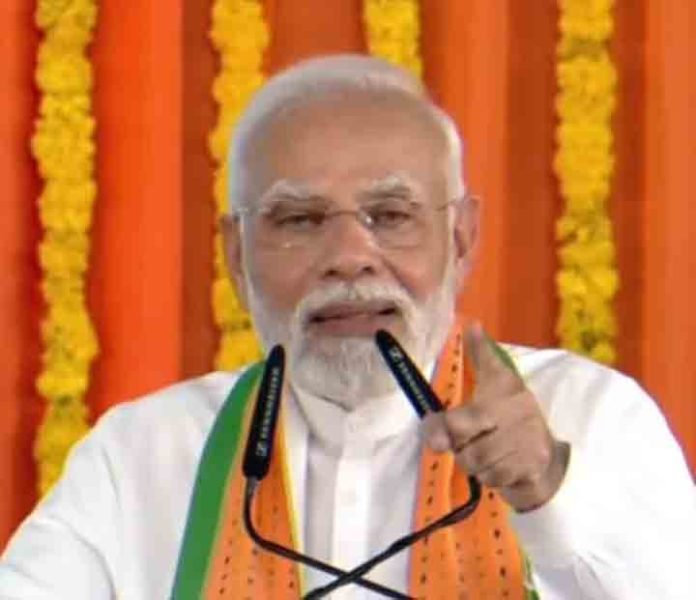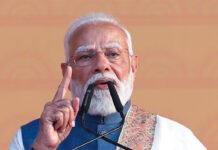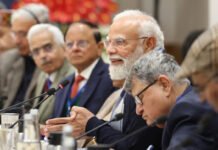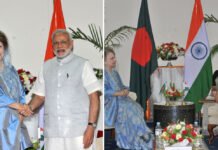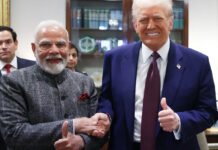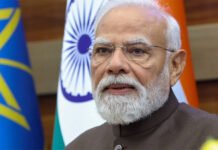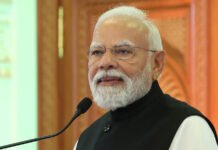INVC NEWS New Delhi — In a stunning political development, the Modi government has set the stage for a seismic shift in Indian politics by announcing a nationwide caste census — the first of its kind in nearly a century. The decision comes at a time of heightened tensions with Pakistan following the Pahalgam terror attack, signaling that the government is strategically doubling down on domestic social engineering while reinforcing national security posturing.
But the biggest headline? This caste census won’t just count Hindus — it will also include Muslim caste groups, and for the first time, track the scale and spread of religious conversions since India’s independence.
Mandal 2.0? A Political Masterstroke or Gamble?
The move is already being dubbed “Mandal 2.0”, with political experts saying it could rewrite the rules of India’s caste arithmetic. With OBC vote banks now at the heart of every party’s electoral strategy, this census promises to be the most politically consequential exercise since the original Mandal Commission upheaval of the 1990s.
While opposition parties have long demanded a caste count, the timing of the government’s announcement — in the wake of a terror attack and rising public emotion — is being seen as a calculated response to deflate pressure and reclaim the narrative. According to senior government sources, this wasn’t a sudden decision but part of a deliberate, long-term strategy shaped by inputs from the Rashtriya Swayamsevak Sangh (RSS), the BJP’s ideological backbone.
What’s New: Muslim Castes and Conversion Tracking
Unlike previous counts that focused mainly on Scheduled Castes and Scheduled Tribes, this census will go much deeper. It will record detailed caste data across all religions, breaking the age-old myth that caste is exclusive to Hindu society.
In the Muslim community, 36 castes — including Julaha, Dhuniya, Kunjra, Kasai, Fakir, Mehtar, Nai, Dhobi, and others under the Pasmanda umbrella — already qualify for OBC reservation benefits. These groups are now poised to be formally recognized and counted in a way that could reshape the reservation pie.
But perhaps the most explosive element of this census is the plan to collect data on religious conversions since 1947 — a politically sensitive issue. The government aims to pinpoint where and among which communities religious conversion has been most active, and how it has altered India’s demographic and cultural landscape.
Quota Politics Set for a Shake-Up
The caste census is expected to unleash new demands for sub-categorization within the OBC bloc. The Rohini Commission, which submitted its report after studying over 2,600 OBC communities, found gross imbalances in how benefits were distributed. A majority of government aid and jobs were cornered by a minority of dominant castes within the OBC category.
Armed with fresh, granular data, the government may soon push for an overhaul — creating new quotas within quotas, and potentially triggering a chain reaction that affects SC-ST reservations as well. With the Supreme Court already endorsing the categorization of Scheduled Castes, the caste census could accelerate such restructuring on a national scale.
The BJP’s Balancing Act
While the move is being hailed by many backward communities, it places the ruling BJP in a tight spot. On one hand, the party aims to portray itself as an OBC-friendly powerhouse. On the other, it risks alienating its upper-caste voter base, which has traditionally stood by the BJP.
Insiders confirm that the caste census plan was greenlit following internal RSS consultations, just as the 10% EWS reservation for economically weaker sections among upper castes was formulated. The Sangh’s directive is clear: caste data should be used to serve social upliftment, not just political gain.
Technical Challenge: Avoiding the 2011 Pitfalls
One of the biggest hurdles the government now faces is formulating a clear, robust, and technically sound questionnaire. The last attempt at a caste count — the 2011 Socio-Economic and Caste Census (SECC) — was marred by chaos, revealing a shocking 40 lakh caste entries, including repeated, inconsistent, or fictitious names.
This time, officials promise a more streamlined, digitized, and verified approach, likely synced with Aadhaar and digital population registers.
Why Now? Strategic Timing Amid Global Headlines
The timing of the announcement, while coinciding with India’s escalating diplomatic row with Pakistan, is no coincidence. Political analysts say the government’s decision sends a message of internal resilience — showcasing that India can address deep-rooted social inequities even while dealing with external threats.
Moreover, with national elections on the horizon, this initiative could shift the focus from polarizing religious debates to affirmative action, inclusivity, and data-backed policymaking.
What to Expect Next
A detailed caste-wise breakdown across religions
An aggregate database on religious conversions post-1947
A possible realignment of reservation quotas based on empirical data
Policy shifts in private sector job reservations and educational opportunities
Renewed political contests over social justice narratives
Bottom Line
With the caste census, the Modi government has pulled off a move that’s as strategic as it is symbolic. It promises not just to reshape welfare delivery, but also to recast the political chessboard. Whether this gambit strengthens the BJP’s electoral prospects or opens new fronts of social unrest remains to be seen.
But one thing is certain — India’s social, political, and electoral equations are in for a massive recalibration. And the country is watching closely.

